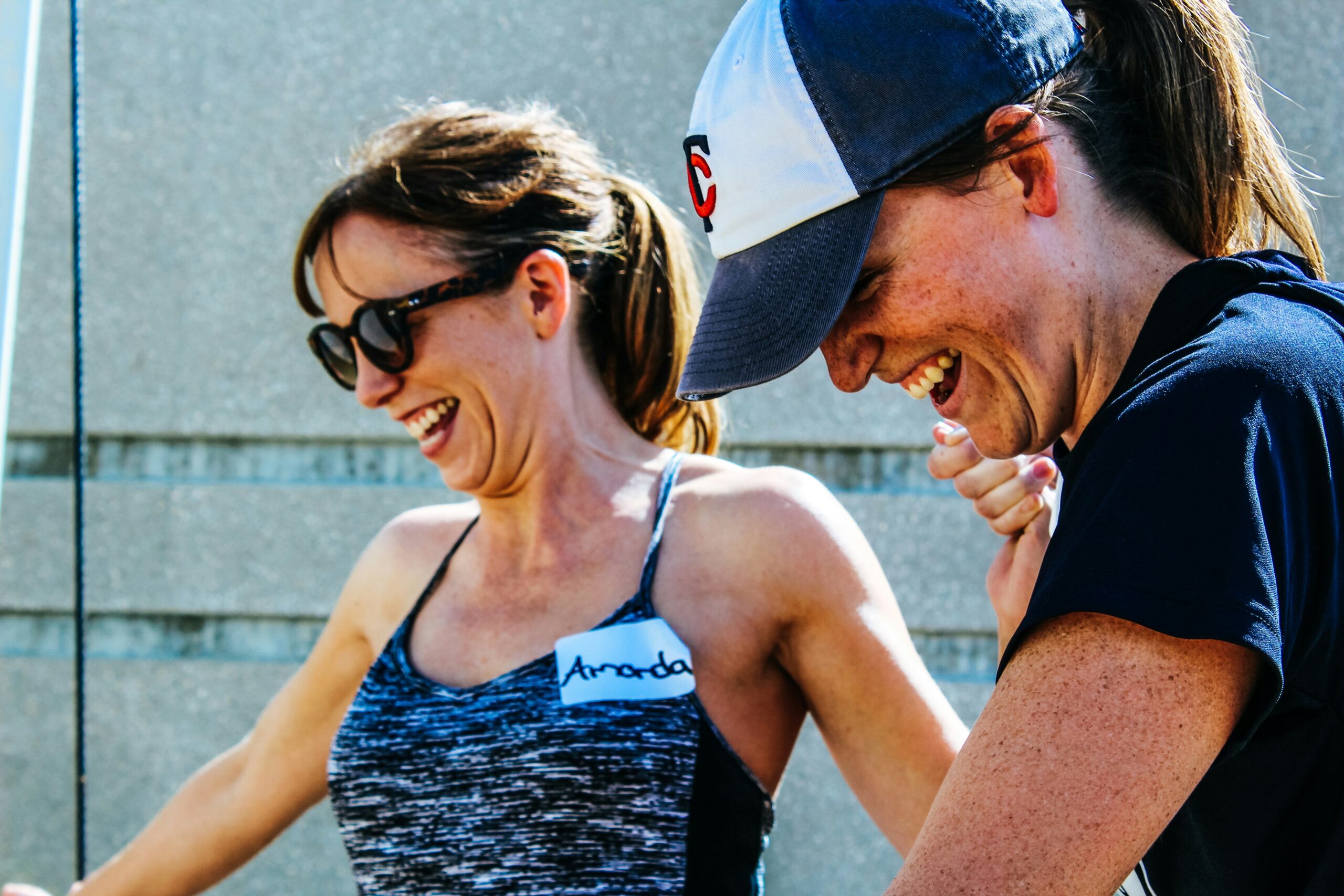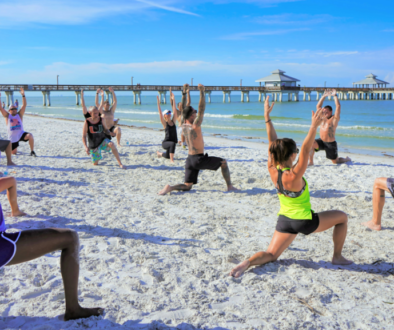
7 Evidence-Based Tips that Improve Wellbeing at Events
When you’re designing events, it’s important to make guests feel supported, energized and entertained – but events that are crafted intentionally to support well-being can still meet business objectives without being complicated or over budget. Even a few simple changes can make a big difference.
Here are seven science-backed ways to thoughtfully design wellness into your next event:
- Create Opportunities to Connect with Home
Being away from loved ones can be stressful. Set up quiet zones with some privacy, good lighting and Wi-Fi for FaceTime calls. Include a fun touch — like space with fun photo backdrops or local feature postcards where guests can write home and drop them in a “mail back” station. It’s a small effort with a big emotional return.
- Incorporate Movement Into the Agenda
Research shows attention spans begin to decline after just 10–18 minutes of passive listening. Movement — even just light stretching — increases dopamine, serotonin, and norepinephrine levels, which help improve focus and mood. Add 2-minute guided stretches to the start or end of sessions, and place mini “Move Break” signs throughout your space with inclusive ideas for staying active.
- Keep the Body Fueled with Smart Snacks
Nutrient-dense foods like nuts, fruits, whole grains, and hydration stations throughout your venue can prevent energy crashes and promote sustained attention. Don’t forget to have allergy-friendly and dietary options available that are easy to spot and include detailed labels. Studies link consistent hydration with improved memory and attention span. Plus, these stations are a great impromptu way to connect with others authentically.
- Don’t Overpack the Agenda
Overloading the schedule leads to mental fatigue, lower information retention, and decreased satisfaction – our brains have limited capacity for new information, and it can’t be stored for use without adequate rest. Instead, offer intentional white space: breakout sessions, connection time, wellness experiences, or 1:1 meetups that allow ideas to settle and people to recharge.
- Design for Downtime
Offering quiet rooms, meditation spaces, or sensory-friendly lounges can significantly reduce stress as well as support neurodiverse attendees. These options encourage rest and recovery, especially for guests balancing work responsibilities with event attendance.
- Infuse Purposeful Play
Let loose – no party required! Whether you make a game room, host a creative DIY takeaway, or even just a space to dance and laugh – playful, hands-on experiences activate the brain’s reward system and reduce cortisol levels. It also boosts memory retention and creates lasting impressions.
- Support Staff Wellness, Too
Your event team is working behind the scenes to make the magic happen — but they’re often the most overlooked. Offering after-hours self-care stations and incorporating quick recovery breaks for staff and vendors to refuel can boost physical and mental health!



